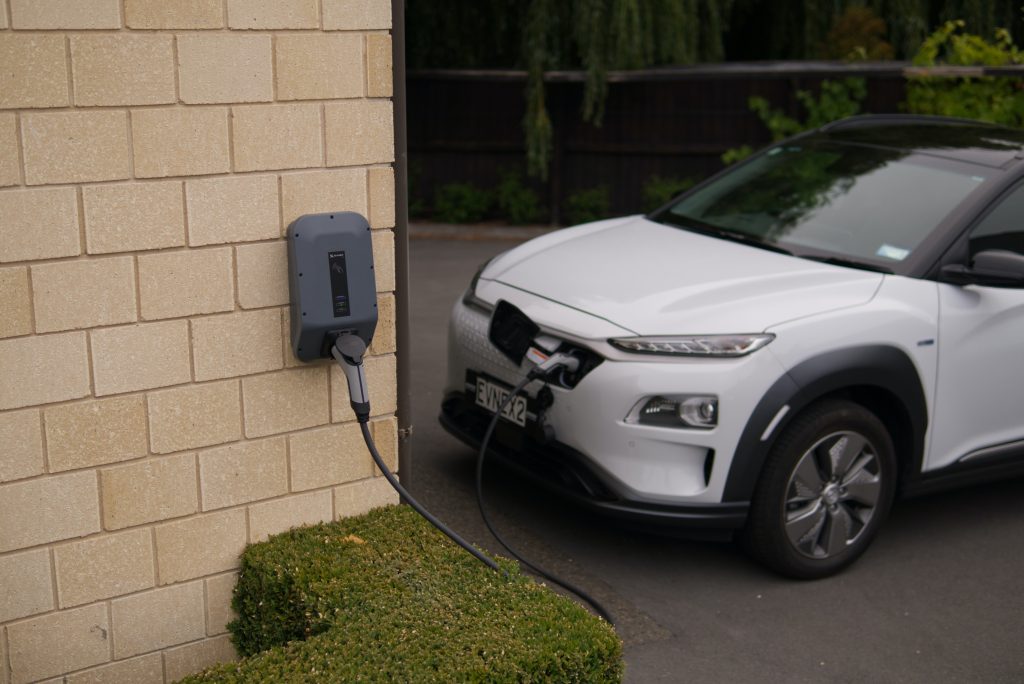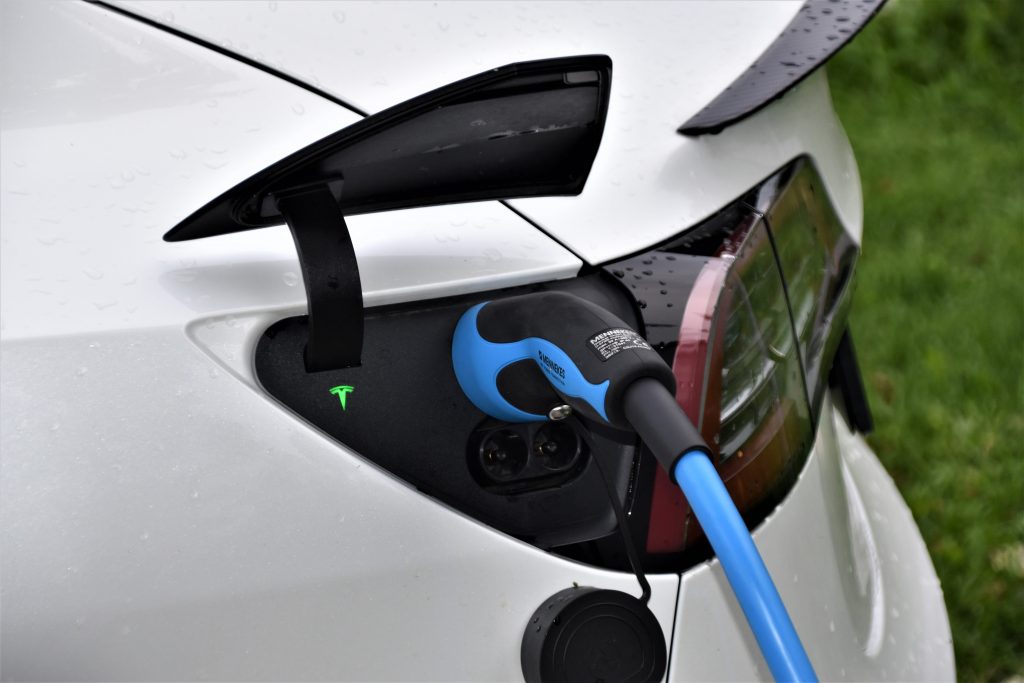In an effort to raise awareness about our upcoming HyperHubs Project in York this article covers the basics of how electric vehicles work, along with a breakdown of the components inside.
What Is An Electric Vehicle?
An electric vehicle is one which uses one or more electric motors to power its movement. The motor is located towards the back of the car and is motorised by a stack or pack of rechargeable batteries, which are placed along the floor of the car.
The batteries can hold power within their cells, which is depleted through long usage periods. In order, to charge the car’s batteries, the car is plugged into either a wall charger or charging point which can be located in public places, homes or places of work.
The absence of carbon emissions from electric cars is making them a popular choice as government’s and global institutions encourage the drive towards net zero.
How Does The Electric Motor Work?
The vehicle’s batteries are charged using electricity from the grid, or other sources. This stored energy is used to power the electric motor, which in turn rotates the wheels, therefore propelling the vehicle forwards or backwards.
This access to instant speed is what allows electric vehicles to accelerate faster than combustion engine vehicle’s, and is what makes them feel less heavy to drive than traditional cars.

Key Components Of An Electric Vehicle
The insides of an electric vehicle are somewhat similar but at the same time, remarkably different to the internals of a traditional combustion engine vehicle. The vital components include:
- Electric Traction Motor
- Battery Traction Pack
- Charge Port
- On-board Charger
- Power Electronics Controller
- DC/DC Converter
- Thermal Cooling System
- Electric Transmission
The simplicity of the internals for electric vehicle allows it to generate more power whilst weighing very little, which gives them a better weight to power ratio in performance over the heavy combustion engines.

Do Electric Cars Have Gears?
Electric cars do not have gears. In fact, it only has one gear, as that is all it needs to generate the torque required for the whole range of its speed capability. Similar to an automatic, the vehicle provides three options to the driver (Drive, Neutral and Reverse). However, the vehicle will not be forced to change gears to achieve higher speeds; instead it can execute a linear progression of speed.
This is because combustion engines can only reach their optimal performance within the narrow range of 3,000rpm and 4,500rpm, which it dips in an out of during gear transitions. Whereas, electric car motors can spin at rates of around 20,000rpm, which is the reason why electric cars can accelerate much more quickly than combustion engine vehicles.
Anxiety range can be a big concern for many road users looking to pick up an EV. Find out how far you can travel on one charge here.
How Long Does It Take To Charge An Electric Car Battery?
There are four main types for EV charging stations in the UK:
- Standard (3kW power with an 8-14 hour average charging time)
- Fast (7-22kW power with 4-6 hour average charging time)
- Rapid (50kW power with 30 minutes average charging time)
- Ultra-Rapid (100-200 kW with 10-20 minutes average charging time)
These timings might vary depending on mileage range and storage capacity (kWh) within the vehicle’s battery. The ‘Standard’ and ‘Fast’ type electric vehicle charging units are usually found installed on domestic properties, in dedicated charging car parks or in businesses where the vehicle would be plugged in for the full working day.
In comparison, the Rapid and Ultra Rapid type chargers are often placed on motorway service stations for users that are only intending to stop for short periods of time. Due to the high-energy demand, these often require their own dedicated transformer and LV switchboard to allow connection to the national grid or business at MV/HV which can be determined from the electrical design and load assessment.
Need to know more about the benefits of electric car chargers?
If you are unsure as to which charger type would be suitable for your business premises and company EV fleet, we can guide you through the selection process during our initial consultation. Get in touch today to see how we can help your business.
